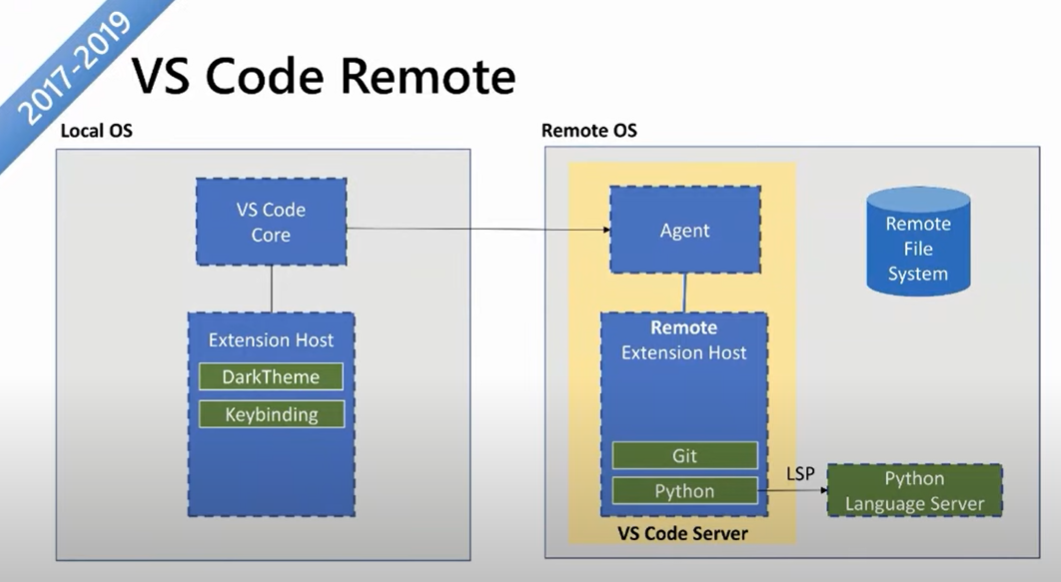

- #TERMINAL VS UXTERM VS XTERM HOW TO#
- #TERMINAL VS UXTERM VS XTERM APK#
- #TERMINAL VS UXTERM VS XTERM INSTALL#
- #TERMINAL VS UXTERM VS XTERM UPDATE#
Or, $ neofetch -w3m -source /home/sk/Pictures/ostechnix.png

Now, run the following command to display your system's information with a custom image: $ neofetch -w3m /home/sk/Pictures/ostechnix.png
#TERMINAL VS UXTERM VS XTERM INSTALL#
If you have kitty, Terminology and iTerm terminal emulators on your system, you don't need to install w3m-img. Here is the list of Terminal Emulators with w3m-img support: So you can install them using your distribution's default package manager.įor instance, run the following command to install w3m-img and ImageMagick on Debian, Ubuntu, Linux Mint: $ sudo apt install w3m-img imagemagick W3m-img and ImageMagick packages are available in the default repositories of most Linux distributions.
#TERMINAL VS UXTERM VS XTERM HOW TO#
How to use custom images in Neofetch output? Here is a visual demo of Nefetch output with different OSes logos: Similarly, you can display other OSes logo as well. See? My current OS is Ubuntu 20.04, but Alpine OS logo is displayed in the above output. `:+ssssssssssssssssss+:` Memory: 2736MiB / 7869MiB +sssssssssssssssssyyyssss+- GPU: Intel 2nd Generation Core Processor Family ssssssssssshdmNNNNmyNMMMMhssssss/ Terminal Font: Ubuntu Mono 12 +sssssssssdmydMMMMMMMMddddyssssssss+ Terminal: deepin-terminal sssssssshNMMMyhhyyyyhdNMMMNhssssssss/ Icons: ubuntu-mono-light +sssshhhyNMMNyssssssssssssyNMMMysssssss+ WM Theme: Adwaita OssyNMMMNyMMhsssssssssssssshmmmhssssssso WM: Mutter OssyNMMMNyMMhsssssssssssssshmmmhssssssso DE: GNOME +sssshhhyNMMNyssssssssssssyNMMMysssssss+ Resolution: 1366x768 sssssssshNMMMyhhyyyyhmNMMMNhssssssss/ Packages: 2378 (dpkg), 7 (flatpak), 11 (snap) +ssssssssshmydMMMMMMMNddddyssssssss+ Uptime: 5 hours, 46 mins ssssssssssshdmmNNmmyNMMMMhssssss/ Kernel: 5.4.0-37-generic +ssssssssssssssssssyyssss+- OS: Ubuntu 20.04 LTS x86_64 Sample output from Ubuntu 20.04 LTS desktop. To display your Linux system information, simply run the following command from the Terminal: $ neofetch Display Linux system information using Neofetch in terminal On Void Linux: $ sudo xbps-install -S neofetchįor other distributions, refer the official Neofetch installation guide. On openSUSE: $ sudo zypper install neofetch
#TERMINAL VS UXTERM VS XTERM UPDATE#
On Ubuntu 16.10 and older versions: $ sudo add-apt-repository ppa:dawidd0811/neofetch $ sudo apt update $ sudo apt install neofetch On Ubuntu 17.04 and newer versions: $ sudo apt install neofetch Then, install Neofetch: # yum install neofetch Install Neofetch using command: # dnf install neofetchĮnable EPEL Repository: # dnf install epel-relaseįetch the neofetch repository: # curl -o /etc//konimex-neofetch-epel-7.repo

Make sure you have enabled EPEL Repository: # dnf install epel-relase On RHEL 8, CentOS 8, Almalinux 8, and Rocky Linux 8: On Fedora 30 and newer :: $ sudo dnf install neofetch On Debian Sid / 11 /10 / 9: $ sudo apt install neofetch On Arch Linux and its variants, install Neofetch using command: $ sudo pacman -S neofetch

#TERMINAL VS UXTERM VS XTERM APK#
Install Neofetch in Alpine Linux using command: $ sudo apk add neofetch Neofetch is available in the default repositories of most Linux distributions. How to use custom images in Neofetch output?.Display any operating systems' logo with Neofetch input.Display Linux system information using Neofetch in terminal.


 0 kommentar(er)
0 kommentar(er)
